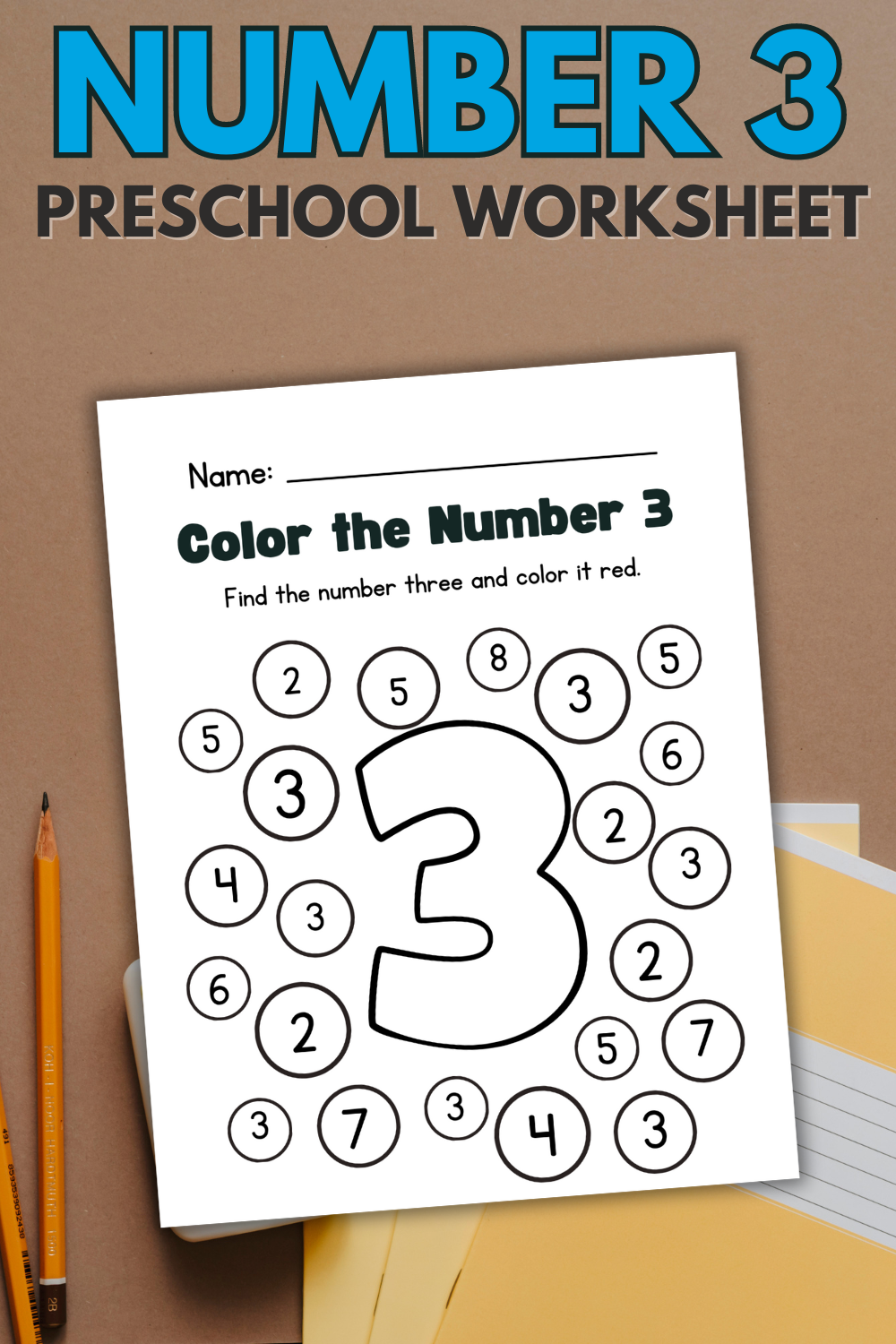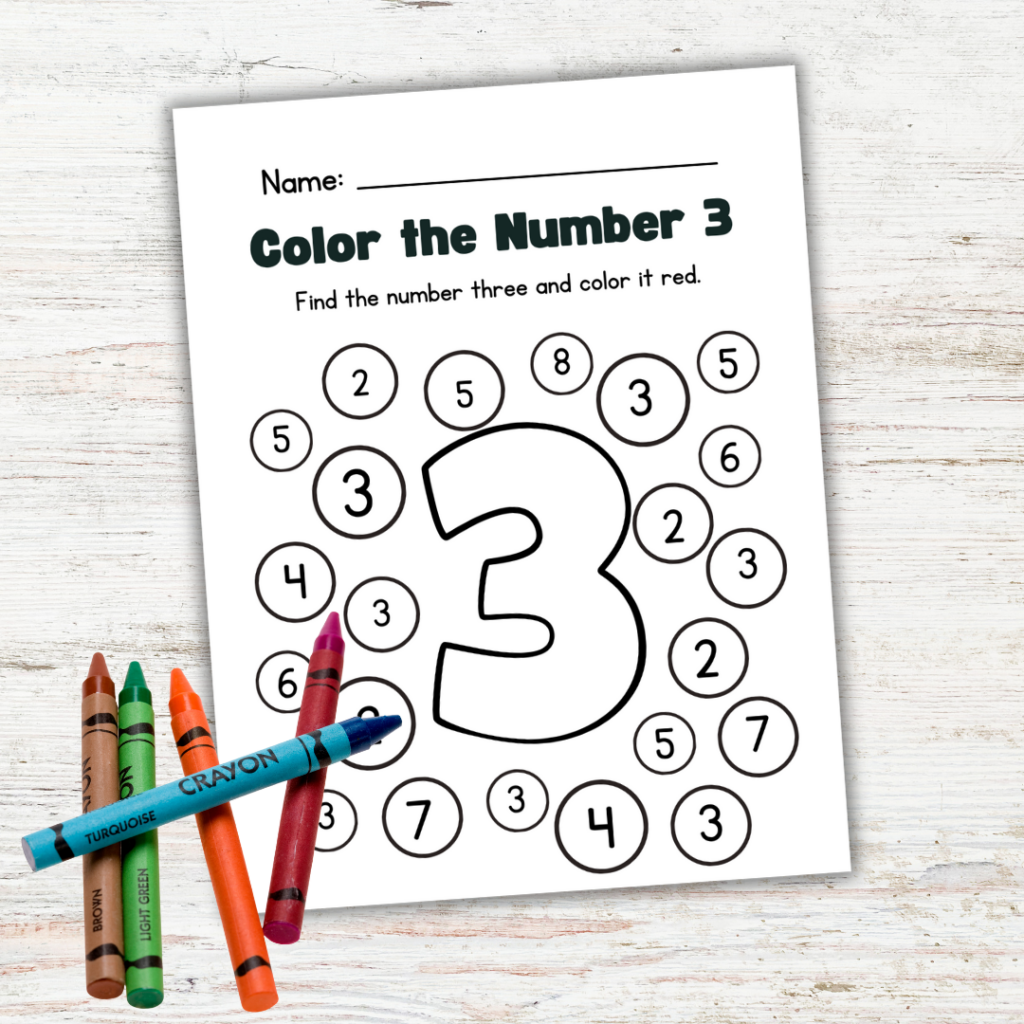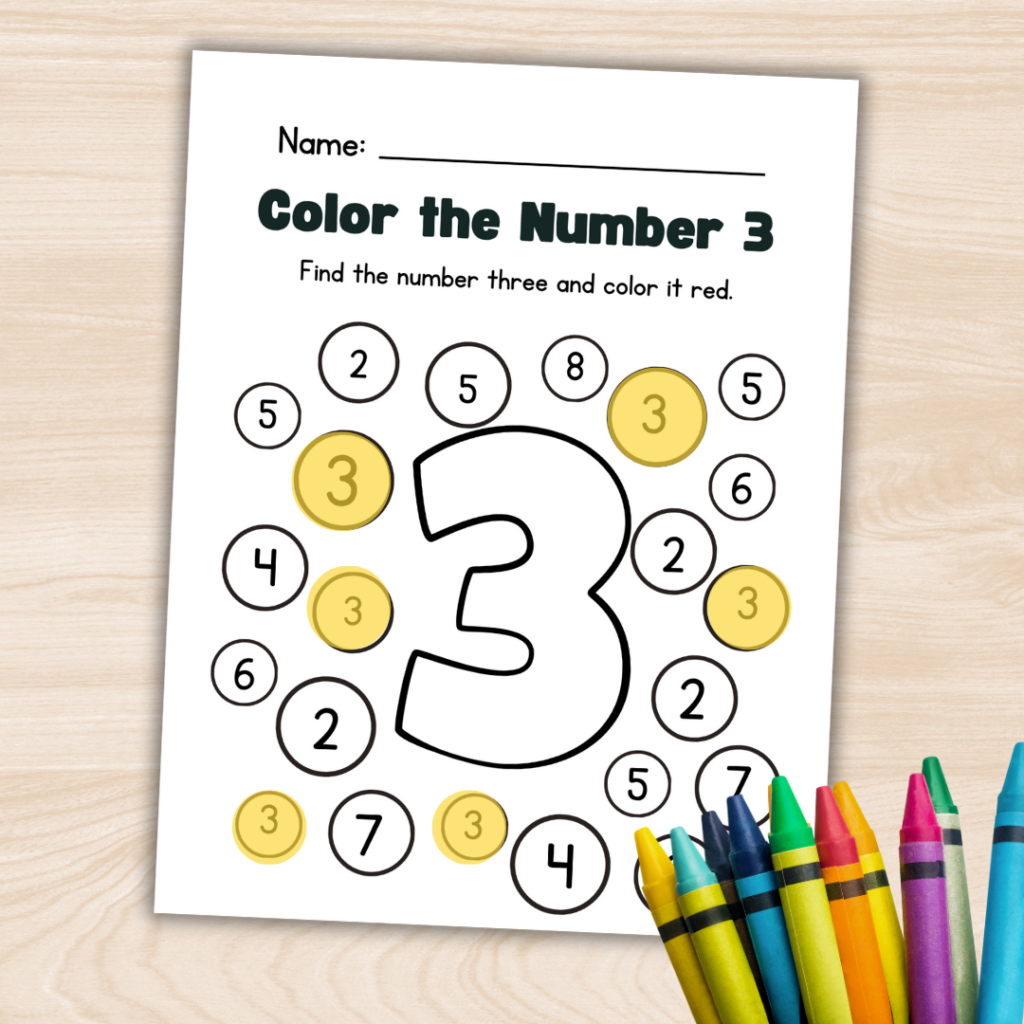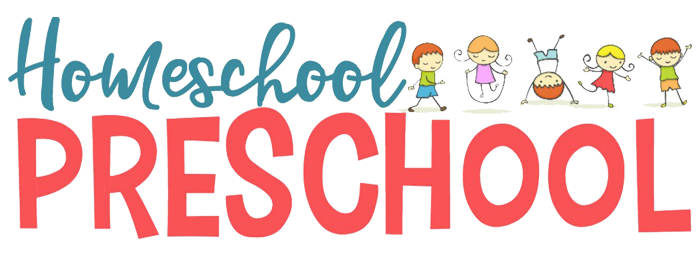Number 3 Worksheet for Preschool
Your kids are going to love coloring numbers on our brand-new Number 3 worksheet for preschool.
As both a parent and an educator, I can’t emphasize enough the importance of introducing numbers to our little ones early on.
Numbers lay the foundation for crucial life skills such as problem-solving and logical thinking.
Whether you’re a parent seeking to supplement your child’s learning at home, or a preschool teacher designing a curriculum, these worksheets can be an invaluable resource.
I still remember the joy and curiosity in my daughter’s eyes when she first understood what ‘3’ meant.
Let’s ignite that spark in your young learners, too!

Introducing the Number 3
The number 3 holds a special place in our everyday life. From being the number of primary colors to the number of times we say “I love you”, the number 3 is everywhere!
It’s the trio of family life: mother, father, and child. And let’s not forget, our tales are full of threes – Three Little Pigs, Three Billy Goats Gruff, and Goldilocks and the Three Bears!
Introducing the number 3 to your preschooler can be as simple as pointing out instances of ‘3’ in daily life. Point to the three blades on a ceiling fan, three petals on a certain flower, or maybe the three wheels on their tricycle. This connects the abstract concept of ‘3’ to concrete examples they can see and touch.
For fun and engaging activities, play simple games such as ‘Find 3’, where they hunt for groups of three objects around the house. You could also read stories that incorporate the concept of ‘3’, reinforcing their learning. Remember, the goal is to make learning about the number 3 a fun adventure!
Visual Discrimination: Finding the Number 3
Visual discrimination plays a pivotal role in early childhood development. It encompasses the ability to recognize details in visual images, which aids children in identifying and understanding the difference between shapes, patterns, and sizes. This skill is particularly important when learning about numbers, as it enables children to distinguish between different numerals.
Our Number 3 Worksheet is a fantastic tool to enhance visual discrimination skills. It contains several instances of the number ‘3’, scattered amid other numerals. As your little one sifts through the numbers to find all the 3s, they are, in essence, practicing visual discrimination. This engaging activity not only sharpens their number recognition skills but also strengthens their focus and attention to detail.

To use the worksheet effectively, follow these simple steps:
- Sit with your child and explain the task at hand. Tell them they need to find all the numbers ‘3’s on the page.
- Start by pointing out a few ‘3’s, so they understand what they’re looking for.
- Encourage them to carefully scan the worksheet and color all the numbers ‘3’s they find.
Remember, the aim is not to rush the process, but to ensure they understand and enjoy the activity.
Offer plenty of praise as they identify each ‘3’, and if they miss a few, that’s okay! The goal is improvement and enjoyment, not perfection.

Number Books for Preschoolers
Recommend a selection of age-appropriate number books for preschoolers.
Provide a brief description of each book, highlighting its educational value and engaging illustrations.
Include links or references to where these books can be purchased or borrowed from.
Here are some fantastic number books that your preschooler will absolutely adore:
Chicka Chicka 1, 2, 3 by Bill Martin Jr. – This book is an enchanting journey of numbers up a coconut tree. The rhythmic text and bold, colorful illustrations make learning numbers an exciting adventure.
Mouse Count by Ellen Stoll Walsh – A clever mouse outwits a hungry snake in this charming tale, seamlessly incorporating counting and numbers into the narrative.
Ten Black Dots by Donald Crews – This book creatively portrays how different quantities of dots can form various objects, helping children visualize numbers in a fun and engaging way.
One Duck Stuck by Phyllis Root – Repeating phrases and growing numbers of animals make this an excellent book for preschoolers to practice counting as they cheer on the stuck duck.
The Very Hungry Caterpillar by Eric Carle – A classic tale with a twist of numbers, where a caterpillar eats his way through a variety of foods, counting up to his eventual transformation into a beautiful butterfly.
Please note that these links direct to Amazon, but the books may also be available in your local library or bookstores.

More Activities to Teach Number 3
Continuing the adventurous journey of learning with the number ‘3’, here are some more activities you can incorporate into your teaching routine:
Crafting Number 3: Let your child’s creativity shine by encouraging them to craft the number ‘3’ using play dough, stickers, or even natural materials found on a nature walk. This hands-on activity will enhance their fine motor skills while making learning tactile and fun. Check out this adorable Seahorse Number 3 Craft.
Three’s a Crowd Game: Create a simple game where your child has to group toys or household objects into sets of three. This helps them practically apply their understanding of ‘3’ while also improving their counting skills.
Number 3 Collage: Cut out pictures of three objects from old magazines or catalogs and encourage your child to make a collage. This not only reinforces the concept of ‘3’, but also lets them express their creativity.
Baking Fun: Engage your child in simple baking activities where recipes involve three ingredients. They can help measure and mix, and in the process, learn about ‘3’ in a delicious context!
Number 3 Scavenger Hunt: Arrange a scavenger hunt where your child needs to find things related to ‘3’ around your home or garden. This could include finding things that are in groups of three, or even things that naturally have three parts, like a clover leaf.
Feel free to adapt these activities as per your child’s interests and learning pace. The goal is to create a fun, engaging learning environment where the number ‘3’ becomes a friendly, familiar concept!

Introducing numbers to preschoolers can be a thrilling adventure filled with creativity and joy, as demonstrated by our focus on the number ‘3’.
The Number 3 Worksheet is a fantastic tool that sharpens number recognition skills and helps to build focus and attention to detail. Supplementing this learning with number-related books, hands-on activities, and games not only reinforces the concept but also makes the learning process dynamic and enjoyable.
As parents and educators, your role in this early phase of childhood education is paramount. Continue to inspire, motivate and make learning an exciting journey for your young ones.
Remember, every small step taken today paves the way for a brighter, more enlightened future!




